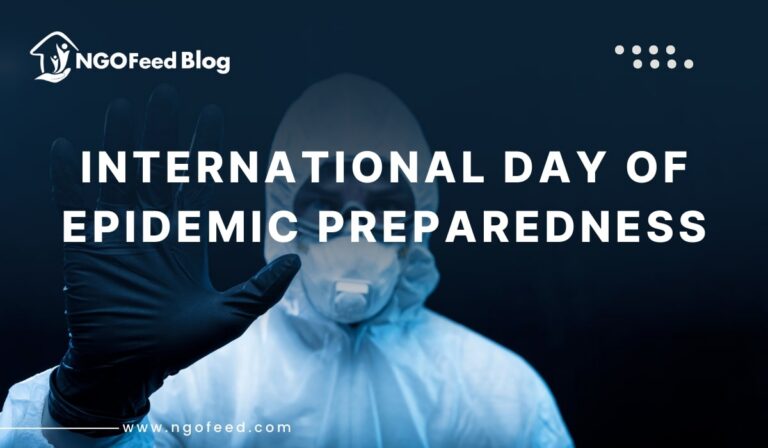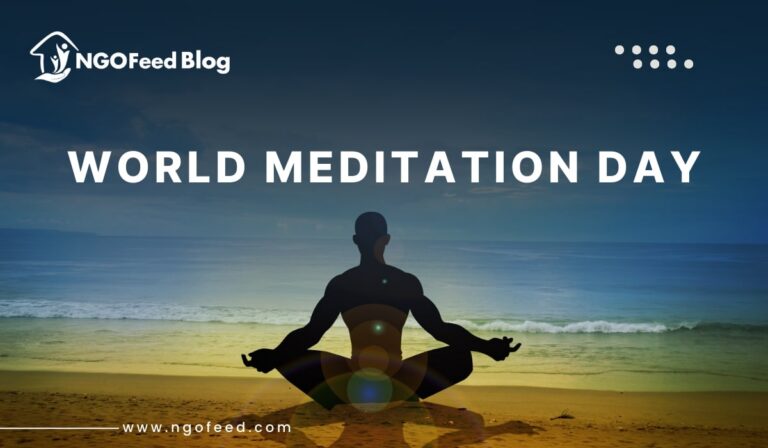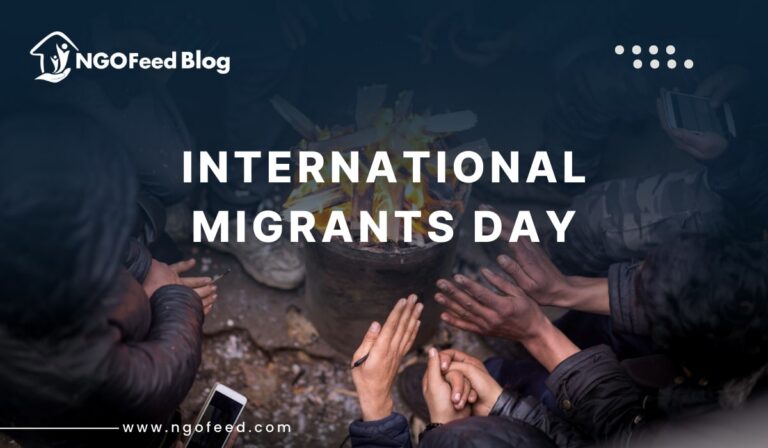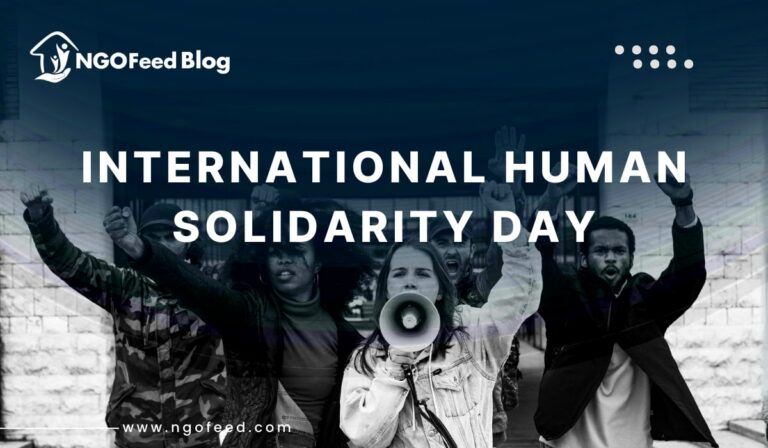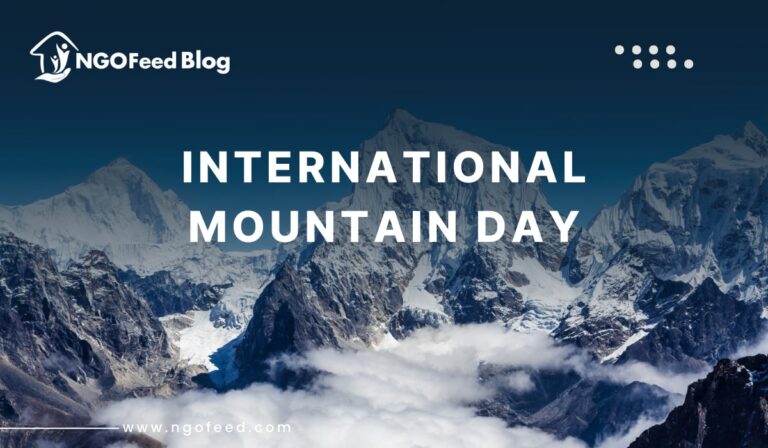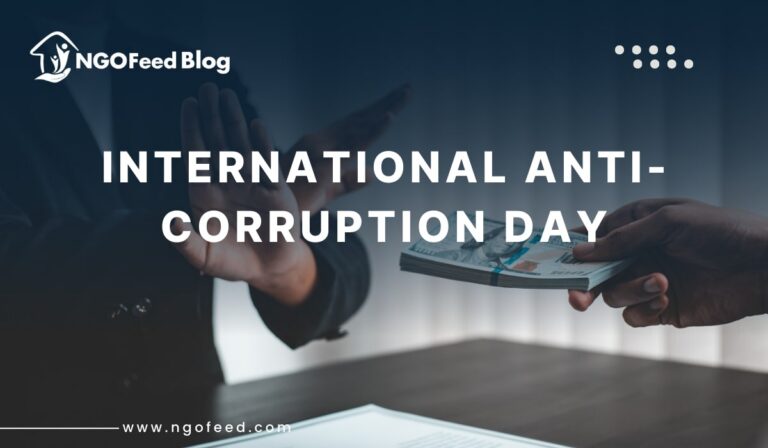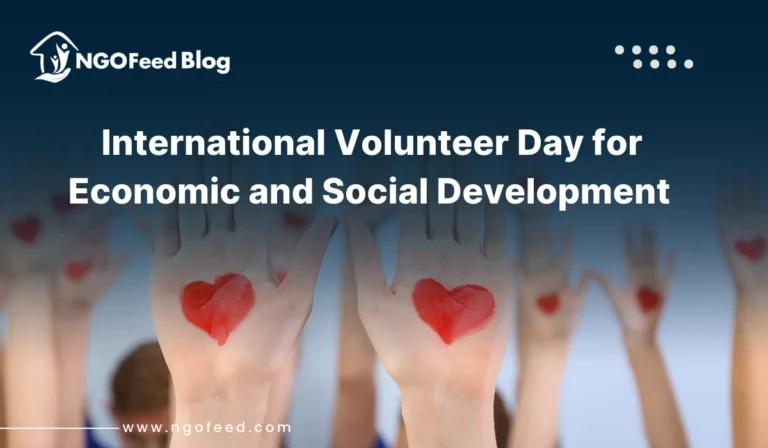UN International Day for Disaster Risk Reduction: For a long time, human and natural disasters have harmed mankind by upsetting lives, destroying infrastructure, and questioning society stability. Nevertheless, it is more and more understood that whereas earthquakes, floods, and storms are natural events, calamities happen when civilizations are ill equipped and fragile. Observed every year on 13 October, the United Nations International Day for Disaster Risk Reduction (IDDRR) aims to highlight this exactly.
Originally founded by the United Nations General Assembly, this celebration helps to raise worldwide awareness of disaster risk reduction (DRR) and inspires communities and countries to be proactive measures to reduce flaws and foster resilience. It is a day set aside to acknowledge the contributions of people, governments, and organizations that diligently try to make our planet greener and safer in light of calamities.
The importance of this day has increased several times in an age of environmental deterioration, quick urbanization, and climate change. It reminds the whole world that protection of life and means depends on preparation, prevention, and resiliency—not on choice.
Table of Contents
Which international day celebrates disaster risk reduction?
Under the direction of the United Nations Office for Disaster Risk Reduction (UNDRR), the International Day for Disaster Risk Reduction (IDDRR) is an yearly worldwide event. Rather than just reacting, the day is intended to support disaster prevention culture. It motivates governments, communities, and people to grasp, reduce, and get ready for possible dangers before they become full-blown calamities.
The celebration conforms with the Sendai Framework for Disaster Risk Reduction 2015–2030, which highlights four main areas:
- Comprehending the threat of disaster
- Reinforcement of disaster risk governance
- Making disaster risk reduction investments for resilience
- Improving disaster readiness for a proper reaction
- The UN stresses throughout this day that early warning systems, sustainable infrastructure, and risk-informed policies enable nations to greatly minimize disaster losses.
UN International Day for Disaster Risk Reduction History
This custom first appeared in 1989 when the General Assembly of the United Nations approved a resolution naming the second Wednesday of October as Natural Disaster Reduction International Day The goal was to foster worldwide disaster awareness and prevention culture.
This commemoration was changed in 2009 to 13 October as the International Day for Disaster Reduction, therefore changing its emphasis from just “natural” catastrophes. to a more general knowledge of disaster risk management—acknowledging that rather than only natural causes, several calamities are the result of human inactivity or inadequate preparation.
Adopted in Sendai, Japan, the Sendai Framework for Disaster Risk Reduction (2015–2030) replaced the Hyogo Framework for Action and became an essential part of the day. Emphasizing community involvement, international collaboration, and sustainable development, this framework outlined a worldwide approach to reduce losses in terms of life, means of life, and health.
Targeting 2025 (Tentative)
Every year, the UNDRR reveals a theme to draw worldwide interest on a particular area of disaster risk reduction.
The 2025 theme for the International Day for Disaster Risk Reduction (IDDRR), which is observed on October 13, is “Fund Resilience, Not Disasters.
This subject would stress that when available to everyone, including vulnerable populations, efficient early warning systems can save many lives by allowing for prompt evacuation, resource mobilization, and coordinated reaction.
Among past subjects:
- 2023: “Fighting injustice for a resilient future.”
- 2022: “Early warning and early action for every person.”
- 2021: “International collaboration for developing nations to lower disaster risk and losses.”
Importance of The UN International Day for Disaster Risk Reduction
Today’s world counts extremely on the UN International Day for Disaster Risk Reduction. The frequency and severity of natural disasters have risen sharply as climate change worsens—floods, cyclones, droughts, and wildfires are becoming more frequent. For proactive action, this day offers a worldwide wake-up call.
These points help one to grasp the importance of this day:
- Raises Consciousness: It educates people on risk analysis, disaster readiness, and the need of community participation.
- Advocates Preventative Activity: It emphasizes the need to take preventative steps—such as better construction design, city planning, and environmental preservation—to reduce catastrophe effects.
- Enhances International Collaboration: The observance promotes knowledge sharing, best practices, technology, and experience across countries, nonprofits, and organizations.
- Helps toward sustainable development: Particularly those connected to climate action, poverty alleviation, and sustainable cities, reducing disaster risks helps directly in reaching the UN Sustainable Development Goals (SDGs).
- Empowers susceptible communities: It acknowledges that marginalized groups sometimes run the highest hazards and seeks to uplift them via inclusion and education.
Role of NGOs in the Reduction of Disaster Risk
Non-governmental organizations (NGOs) are especially important in the areas of risk reduction and disaster management. Key participants in post-disaster recovery and pre-disaster readiness are their local presence, adaptability, and community trust.
Significant NGO contributions include:
- Knowledge and understanding: Nonprofits arrange school programs, seminars, and awareness campaigns to educate people how to get ready for catastrophes.
- Community Training: First aid, rescue, and evacuation training helps villages become self-sufficient in times of crisis.
- Early Notification and Communication: NGOs frequently help spread early warnings, especially in isolated or rural locations where official channels of communication could be restricted.
- Rehabilitation and Relief: NGOs offer food, shelter, medical assistance, and emotional support to those impacted by catastrophes.
- Advocacy for policy: Stronger disaster management policies are supported by NGOs; they also collaborate with government agencies to enhance disaster administration.
- Reconstruction and Livelihood Assistance: NGOs concentrate on long-term recovery and resilience, helping to repair infrastructure and means of life after quick relief.
Examples:
- Globally, Red Cross and Red Crescent Societies offer humanitarian assistance and disaster readiness instruction.
- Long-term recovery and women’s safety in post-disaster scenarios are the main goals of Care and Oxfam.
- Goonj (India) offers food, relief supplies, and help for income recovery.
- Promoting community resilience and emergency response systems are SEEDS India and Sphere India.
Why do we UN International Day for Disaster Risk Reduction?
Celebrated on this day is the worldwide effort to lower disaster risks; it also inspires group responsibility in establishing a safer future.
Celebrating this day also intends to:
- Encourage people and organizations to use disaster-resistant methods.
- Acknowledge examples of communities that have successfully reduced risks.
- Promote worldwide collaboration and solidarity in dealing with natural and climate-related disasters.
- Emphasize that with group work, calamities may be avoided or reduced; they are not inevitable.
International Day for Disaster Risk Reduction Events and Activities
Many activities are arranged all across the globe to honor this celebration. These events seek to empower, engage, and educate people at many levels.
Regular Events comprise:
- Conferences and educational seminars about DRR rules and procedures.
- Public Awareness Campaigns employing social media, posters, and media coverage.
- School, workplace, and community mock drills and simulation exercises.
- For pupils, contests include essays, poster creation, or quiz competitions.
- Environmental Drives and Tree Plantation for Ecological Stability
- Exhibitions and documentaries on remarkable disaster recovery stories.
- Community Workshops for Plan Preparation Local Disaster Management.
- Acknowledging Volunteers and Rescue Teams for their work toward DRR.
How to Observe It Alone or Locally?
People too may significantly help to celebrate this day:
- Keep an emergency kit and write a family emergency readiness plan.
- Acquire fundamental survival techniques and first aid knowledge.
- Volunteer with local NGOs or attend events promoting community awareness.
- Spread knowledge of disaster risk reduction using social media.
- To lower climate-related risks, support environmentally friendly activities including tree planting and waste management.
Conclusion
The UN International Day for Disaster Risk Reduction is not just a symbolic gesture—it is a summons of activity. It serves to remind mankind that resilience is made, not created. Preparing, adapting, and protecting become our collective responsibility as climate-related disasters become more prevalent.
Governments, groups, and people have to collaborate to improve early warning systems, advance risk education, and create resilient communities. Awareness, readiness, and unity help us to turn possible catastrophes into chances for collaboration and progress.
Fundamentally, disaster risk reduction is a road to sustainable development, guaranteeing safety, dignity, and security for everyone.
Frequently Asked Questions (FAQs)
1. When is the UN International Day for Disaster Risk Reduction observed?
It is observed every year on 13 October.
2. Who coordinates this observance?
The United Nations Office for Disaster Risk Reduction (UNDRR) leads and coordinates global activities.
3. What is the main purpose of this day?
The day aims to raise awareness and encourage global action to reduce disaster risks and build resilient communities.
4. What is the Sendai Framework?
It is a global agreement (2015–2030) outlining strategies to reduce disaster losses through better preparedness, governance, and investment in resilience.
It is observed every year on 13 October.
2. Who coordinates this observance?
The United Nations Office for Disaster Risk Reduction (UNDRR) leads and coordinates global activities.
3. What is the main purpose of this day?
The day aims to raise awareness and encourage global action to reduce disaster risks and build resilient communities.
4. What is the Sendai Framework?
It is a global agreement (2015–2030) outlining strategies to reduce disaster losses through better preparedness, governance, and investment in resilience.
5. How can individuals contribute to disaster risk reduction?
By learning emergency procedures, promoting awareness, and supporting local community resilience initiatives.


